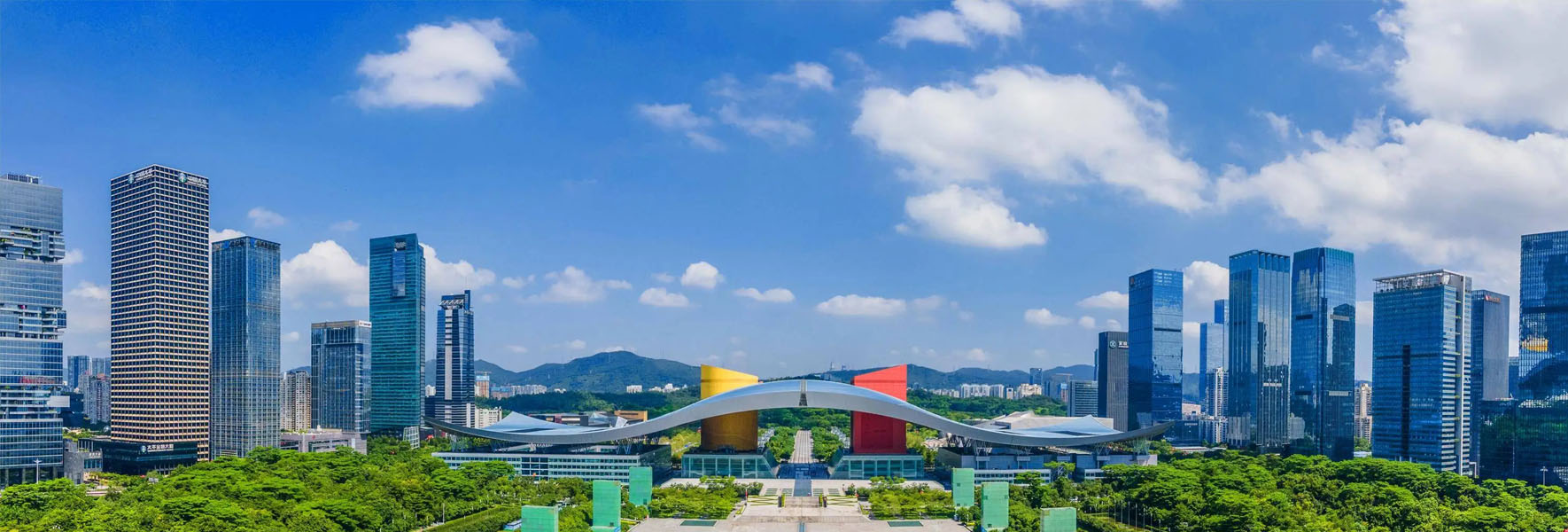Chen Keshi visited Shenzhen Citizen Culture Lecture Hall and shared the story of the city
Loading...
![]() 2012-09-29
2012-09-29
Chen Keshi is now vice president of the school of urban planning and design of Peking University, discipline leader of urban design and doctoral supervisor. He was the first designer of the Zhuhai opera house under construction, and also the chief designer of engineering projects such as Tibet Linzhi Lulang international tourism town, Zhongshan Xinhai revolution memorial park, Cuiheng international tourism town and Foshan famous town. In addition, Shuimo town of Wenchuan new town, which he presided over and completed, has also won many awards at home and abroad.
At the beginning of the lecture, Chen Keshi introduced the purpose and significance of urban planning and design. "The value of all our work lies in creating the material and spiritual wealth of the city." In Chen Keshi's view, the value judgment criteria for urban planning and design are mainly time and universal values. Therefore, taking the picture of the Acropolis of Athens as an example, he analyzed this view through the main building Parthenon in the picture. Then he took Venice as an example. The city is still the same as it was 500 years ago, which proves that its urban planning and design value has been recognized by history.
Chen Keshi believes that the current urban planning and design often lack a goal, that is, to create culture. "We see Greece, Venice, ancient Rome and so on, that is, many people devote their whole lives to this city, so they also create a very rich urban culture and civilization."
For the development of creative industries in today's cities, Chen Keshi believes that the transformation from "industrial economy" to "service economy" is conducive to the development of creative industries. "Only with the continuous development of the service economy, especially under the trend of the continuous development of cultural industry and industrial culture in the service economy, it is possible to make creativity independent from economic activities under the background of the continuous deepening of social division of labor and the continuous progress of technology." As for the "magnet effect" of the city, Chen Keshi believes that this includes two aspects: one is that the cultural industry is transferred to the cultural center, and the other is that after the formation of the regional cultural center, the surrounding cities will lose opportunities.
When interacting with the audience, Chen Keshi mentioned that the sustainable development of a city is very important. The most important value of a city mainly depends on three aspects: economic factors, environmental factors and cultural factors. Among them, the most important factors are cultural innovation and cultural industry. In this regard, he concluded that the fate of a city is closely related to its choice.
Recommended news
Chen Keshi | The urban design scheme of Motuo County, Xizang passed the expert review meeting
Recently, the urban design scheme of Motuo County, Xizang, completed by the Zhongying Urban Design Team led by Professor Chen Keshi, passed the expert review and was highly recognized by the experts present.
2025-10-14
Chen Keshi | The urban design scheme of "Paizhen Huacheng" in Linzhi, Xizang, passed the expert review and was highly recognized by the leaders of the autonomous region
Recently, Wang Junzheng, Secretary of the Communist Party of China Tibet Autonomous Region Committee, listened to a report by Professor Chen Keshi from Zhongying Urban Design Team on the urban design plan for "Paizhen Flower City" in Nyingchi. He emphasized the need to base the project on the positioning of a "characteristic town," seize the historical opportunity, refine ethnic elements, and develop a unique architectural style that "externally showcases ethnic features while internally embedding modern functionality."
2025-09-08
下一篇:Chen Keshi Jinsha forum speech: build Jinjiang River into the Seine River of Chengdu
Return to list